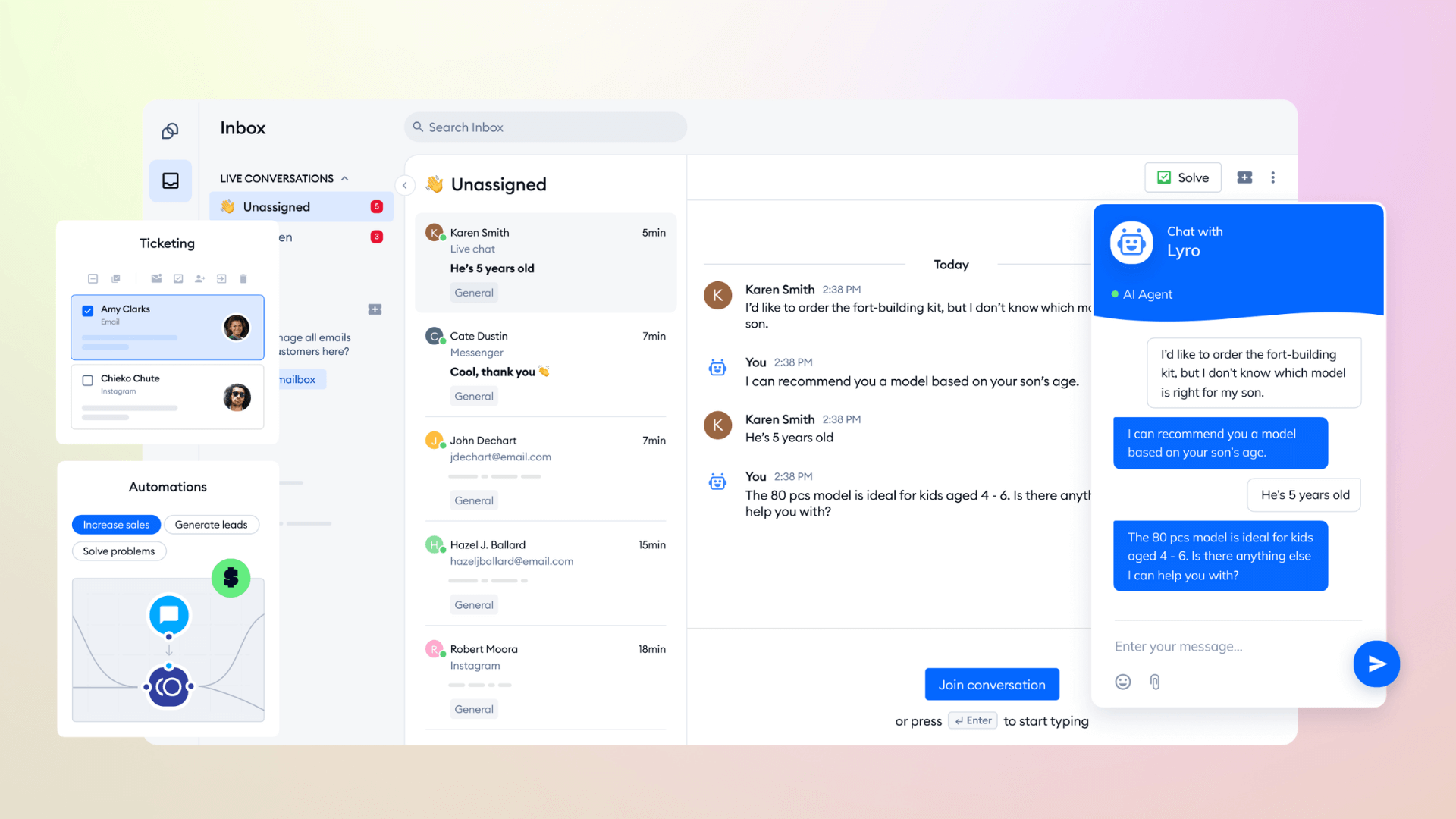Coding Without Code: The Myths of No-Code and the Webflow Revolution
.avif)
Traditionally, building a website or an app meant writing lines and lines of code. But what if you could achieve the same results without coding at all? By 2025, so-called “no-code” tools have become more popular than ever. Gartner predicts that by 2025, 70% of new applications developed by organizations will use low-code or no-code technologies – a massive jump from less than 25% in 2020. In short, no-code is no longer a niche curiosity; it’s a mainstream approach.
As with every technological shift, no-code comes with its fair share of hype, misconceptions, and criticism. Some see it as a magic wand, while others dismiss it as a toy. In this article, we’ll explore the common myths around no-code, explain how tools like Webflow align with a designer’s mental model, and ask the bigger question: is building without code just a new form of programming?
Common Myths About No-Code
No-code is surrounded by misunderstandings. Let’s clear some of the biggest ones:
Myth 1: “No-code is only for beginners.”
Reality: While no-code opens doors for non-developers, it’s not limited to them. Experienced engineers use it too. Michael Gill, a full-stack developer with 15 years of experience, says: “If writing code gets me to my goal, I’ll do it. But if another tool saves me time, why wouldn’t I use it?” Even pros leverage no-code strategically – not to replace coding, but to accelerate routine tasks.
Myth 2: “No-code means no technical knowledge required.”
Reality: No-code reduces complexity, but it’s not magic. For example, to use Webflow effectively, you still need to understand the box model and basic CSS concepts. It’s not about removing thinking – it’s about removing repetition. No-code empowers you to focus on design and logic, but you’ll still benefit from technical curiosity and critical thinking.
Myth 3: “No-code produces low-quality, unprofessional results.”
Reality: That might have been true for old-school drag-and-drop builders, but not anymore. Today, startups launch investor-backed products built on Bubble, Adalo, or Webflow. Sites built with Webflow have won design awards. Quality isn’t about the tool – it’s about how you use it.
Myth 4: “No-code will replace developers.”
Reality: It won’t. Vlad Magdalin, Webflow’s founder, puts it well: “No-code doesn’t replace developers. It actually increases the demand for great coders.” No-code automates the simple, repetitive tasks – freeing developers to tackle complex problems. Instead of reducing demand for developers, it shifts their focus to higher-value work.
Webflow: Built for a Designer’s Mind
Among the many no-code platforms, Webflow stands out. Why? Because it mirrors how designers actually think.
A designer doesn’t start with code in mind – they start with color, layout, and visual hierarchy. Historically, designers had to either hand off to developers or learn to “think like a machine” to turn ideas into reality.
Webflow changes this dynamic. It lets designers work visually, yet outputs clean, standards-based HTML, CSS, and JavaScript. It’s one of the few tools that bridges the gap between visual creativity and production-ready code.
Unlike tools like Figma or Sketch, which stop at prototypes, Webflow produces a fully functional website. This eliminates the handoff barrier: what you design is what you launch. Real-time preview, responsive controls, and CSS-like styling options make Webflow feel like a design tool, but the end result is a live, production-grade site.
For designers with limited coding knowledge, Webflow becomes a kind of “design-native code editor.” It doesn’t replace the need to understand structure, but it empowers them to directly build their vision – without waiting for someone else to translate pixels into code.
Is No-Code Still Programming?
When people hear “no-code,” they imagine something completely separate from programming. But let’s be clear: no-code is still programming.
Programming is about solving problems logically and telling a computer what to do. With no-code, you’re still doing that – just through visual blocks, forms, and interfaces instead of text. It’s coding at a higher level of abstraction.
We’ve seen this shift before: assembly programmers mocked C, “real” developers mocked those using frameworks, and yet today those tools are the industry standard. No-code is simply the next step in that evolution.
This shift also redefines who gets to build. Citizen developers – entrepreneurs, designers, small business owners – can now create software without hiring a dev team. That democratization doesn’t kill programming; it expands it. Developers are still critical, but now they can focus on more complex systems, infrastructure, and innovation while no-code handles simpler use cases.
The Bigger Picture
No-code isn’t the end of coding. It’s the next layer in its evolution.
Tools like Webflow are not “shortcuts” – they’re accelerators. They empower designers and entrepreneurs to bring ideas to life faster, while also giving developers the space to solve harder, more meaningful problems.
In the future, the best builders will be hybrid thinkers: comfortable writing code when needed, but just as comfortable using no-code platforms to move fast and experiment.
At its core, no-code is about one thing: removing friction between your idea and reality. Whether you use code or not doesn’t matter – what matters is creating something valuable.
The people who embrace this mindset won’t just build faster. They’ll shape the future of how digital products are made.
Start Your Webflow Journey
Discover the power of Webflow and begin creating beautiful, responsive websites today. Click below to get started directly on Webflow’s platform.
You Might Also Like
Explore our recommended articles for more Webflow tips, tricks, and inspiration to enhance your design workflow.
%2520(1).avif)
.avif)

